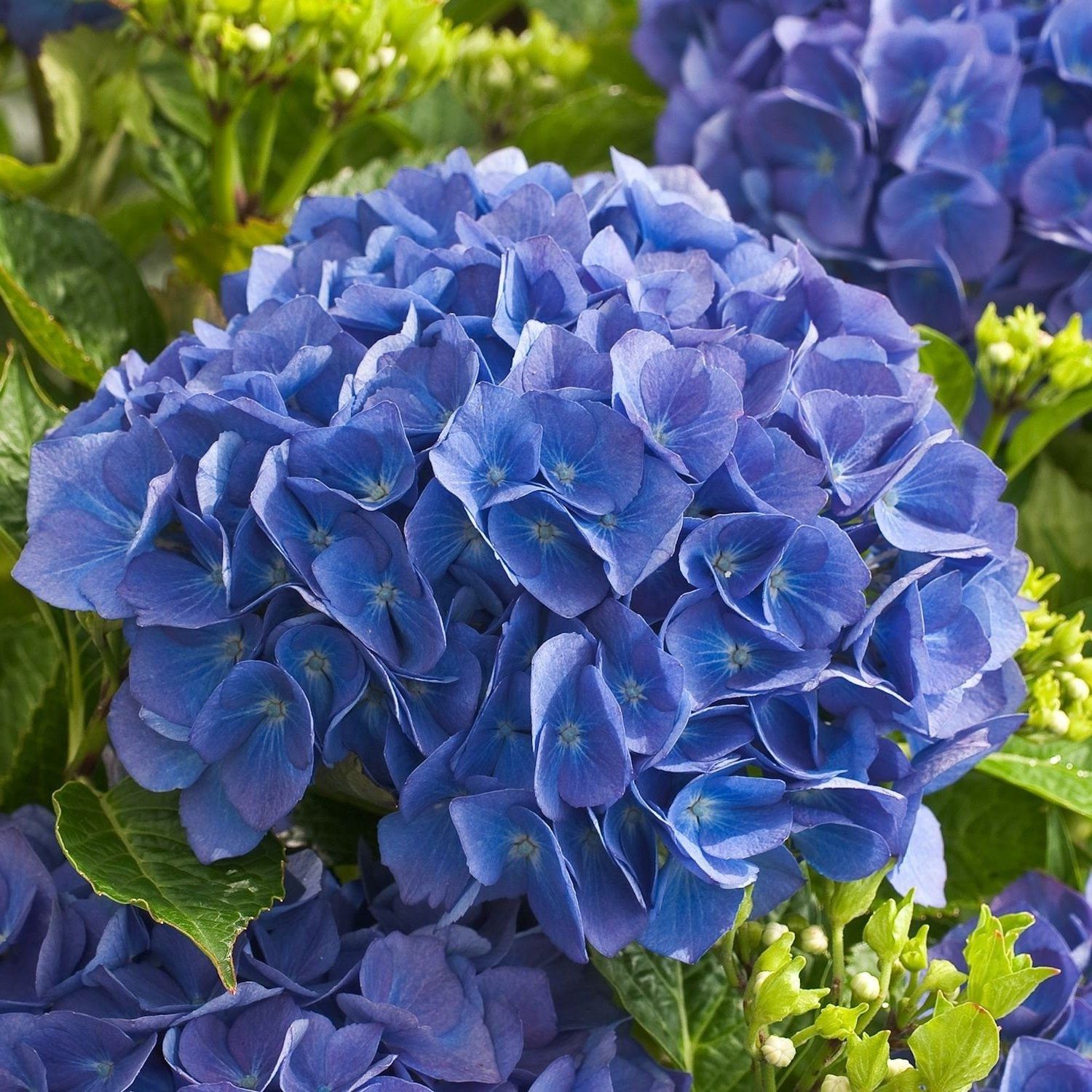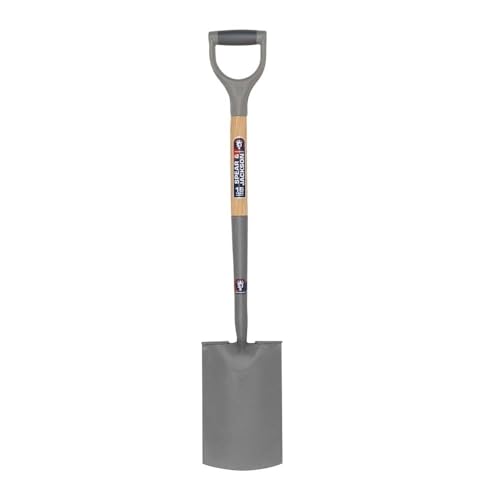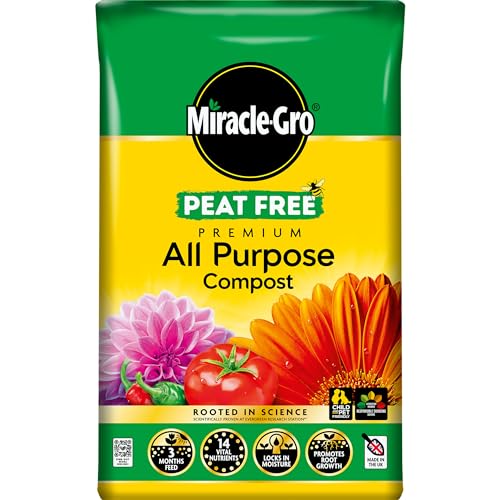When to plant hydrangeas for beautiful blooms year after year
Here are the best times to plant them

Sophie King
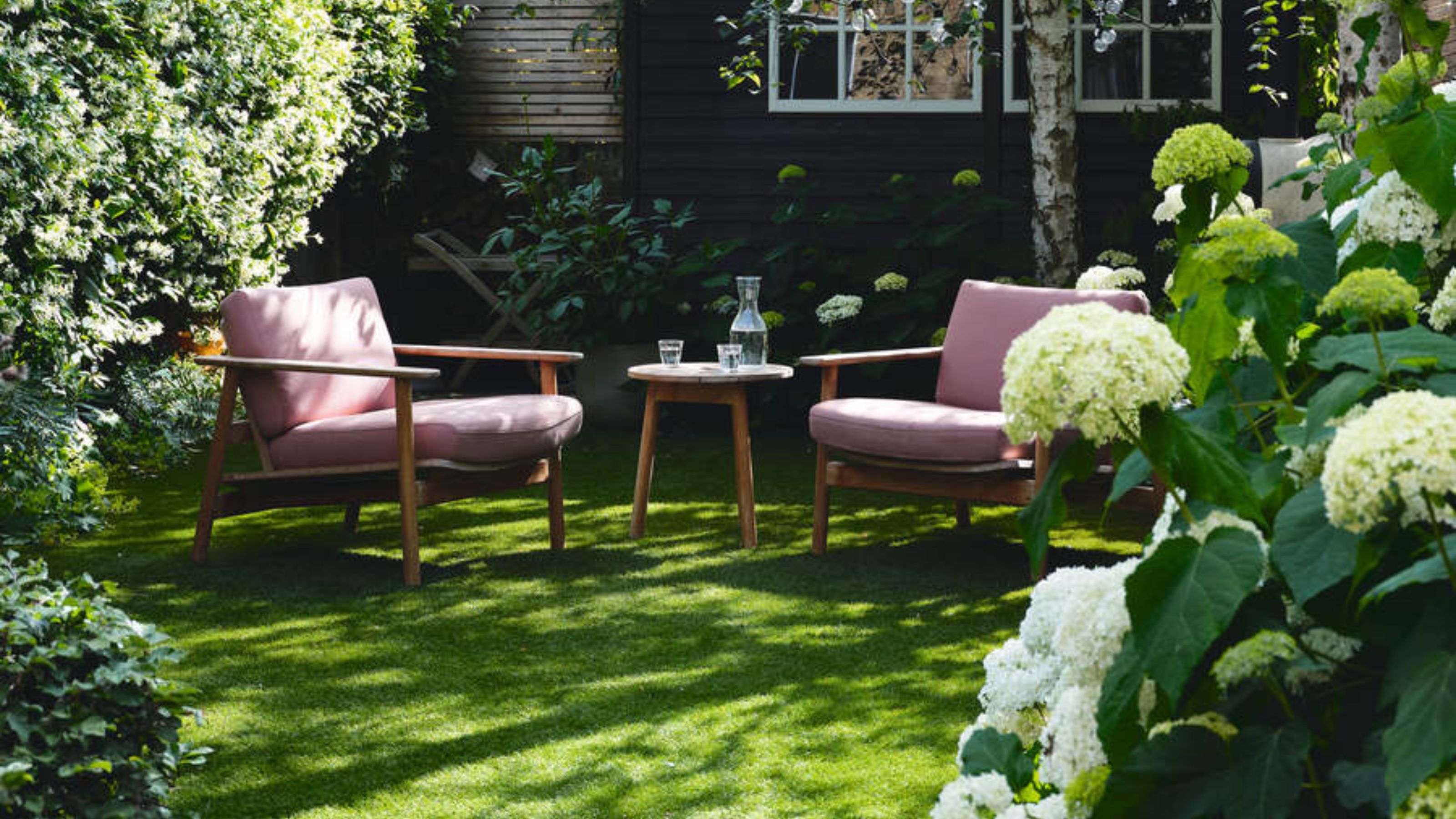
We love hydrangeas – they're one of the most popular shrubs in gardens across the UK, producing beautiful clusters of flowers in pots and borders. Knowing when to plant hydrangeas will ensure you're getting your new plants off to a good start.
Hydrangeas are a great option if you're looking for plants that increase property value, and they're really easy to grow. Plus, the blooms can last well into the colder months for added interest when the rest of the garden is winding down for the winter.
Learning how to grow hydrangeas in pots and in the ground is simple, but first, you'll need to know when to plant hydrangeas. We've asked the experts to help us determine the best time and location for your new plants.
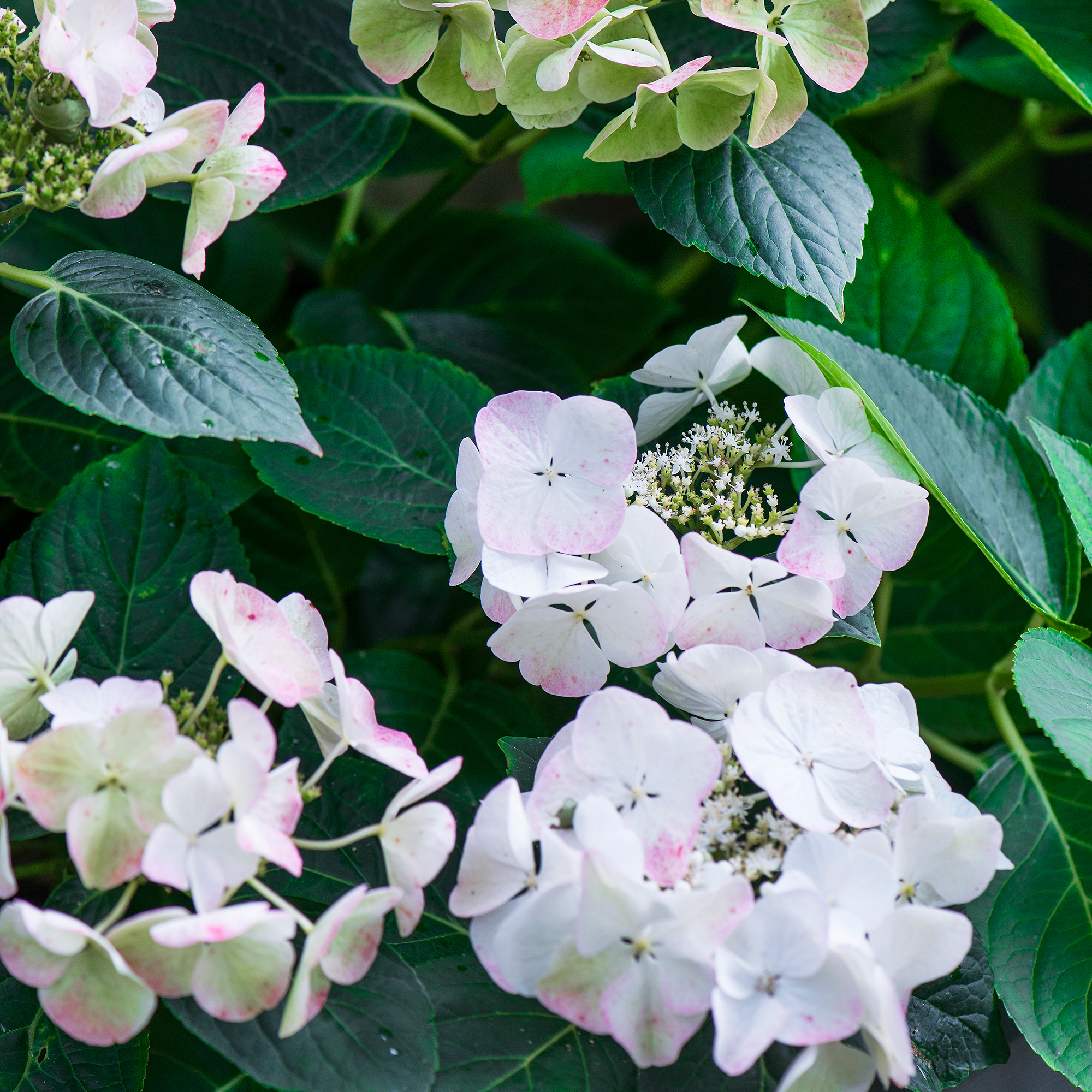
When to plant hydrangeas
'Hydrangeas are one of the most diverse and spectacular of deciduous garden shrubs in cultivation,' says Mark Lamey, Head Gardener at Belvoir Castle. And while they’ve been a popular choice for both novice and expert gardeners alike for decades, it’s important to know when to plant hydrangeas to ensure you're welcoming healthy plants to your garden.
Experts say the best time to plant hydrangeas is early spring or autumn. Opting to plant earlier in the year will get your hydrangeas off to a strong start. 'Planting in early spring, after the risk of frost has passed, allows hydrangeas to establish their roots before the warmer weather arrives,' explains Lucie Bradley, gardening and greenhouse expert at Two Wests & Elliott. This provides your plants with the full growing season to settle into your garden.

Encouraged to garden since she was old enough to walk, Lucie has been working at Two Wests & Elliott since 1997. Originally working alongside the original founders, Mr and Mrs West, until they retired, she has now been fortunate enough to become one of the co-owners. She’s also lucky enough to get to talk to their customers, gardeners both amateur and professional, every day of the week and is always learning. She believes that you can never know everything about gardening as it is always evolving.
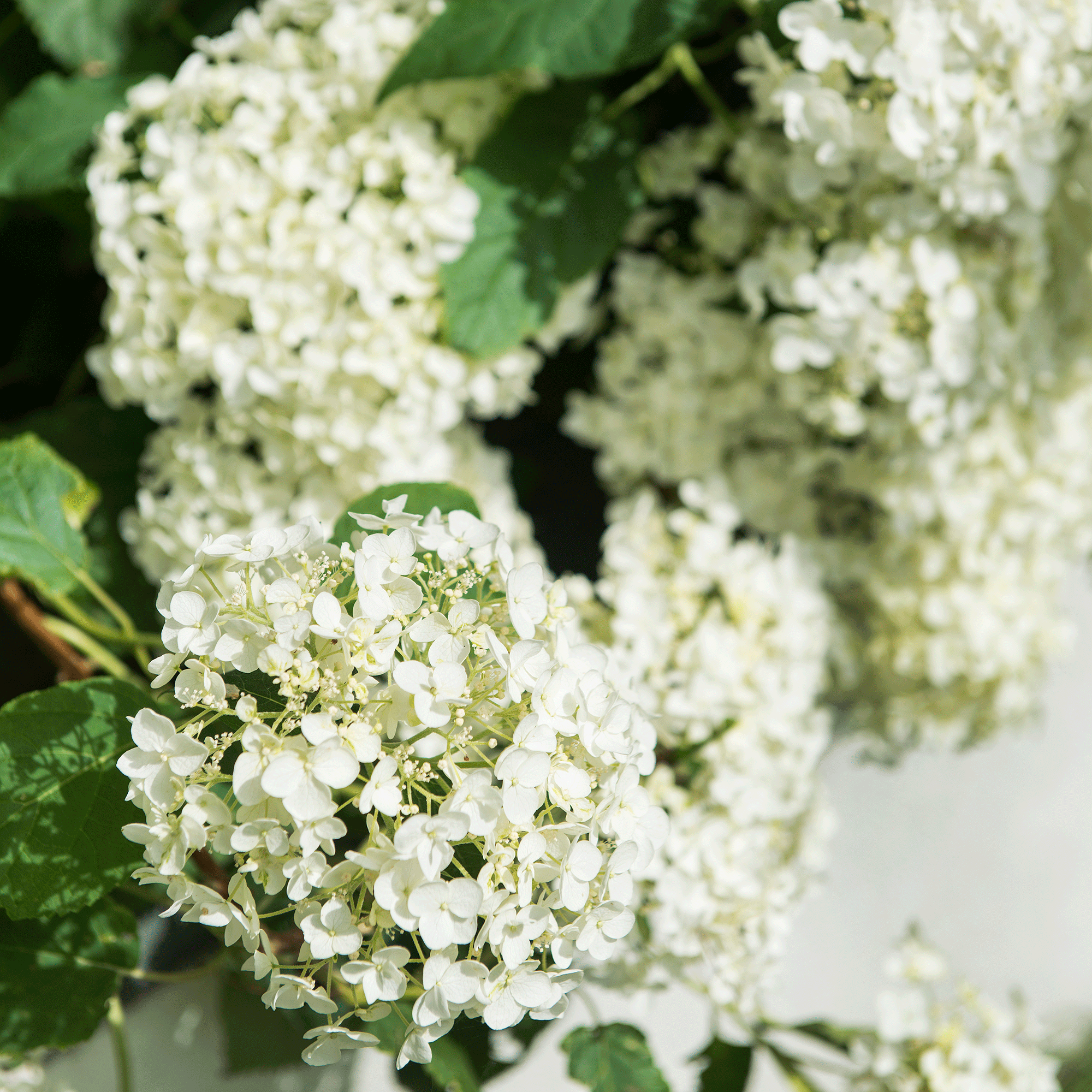
If you're waiting until autumn to plant your hydrangeas, try to do so as early in the season as possible. 'This allows the hydrangeas to establish their roots before the cold winter season,' says Morris Hankinson, founder of Hopes Grove Nurseries.
'If you plant in autumn, aim to do so at least six weeks before the first expected frost, giving the roots ample time to establish,' adds Lucie.
Sign up to our newsletter for style inspiration, real homes, project and garden advice and shopping know-how
But while extreme temperatures could cause unnecessary stress for your hydrangeas, they can still handle a little uncertainty if you’re a little too early or late to the planting game. 'Hydrangeas are quite robust and generally tolerate being planted out at any time of the year,' says Sally Allsop, gardening expert at All That Grows.
That said, steer clear of extreme temperatures where you can. 'You should avoid planting during the summer and winter, as the stress from drastic temperatures can hinder the plants' growth and can cause transplant shock,' advises Morris.
What you'll need
Where to plant hydrangeas
Now you know when to plant hydrangeas, you'll need to pick a spot where they'll thrive.
Hydrangeas aren’t too fussy when it comes to where they are planted, but they still have basic requirements that need to be fulfilled. 'Hydrangeas thrive in locations that offer morning sun and afternoon shade,' says Lucie from Two Wests & Elliott. 'This balance ensures they get enough light to bloom well but are protected from the harsh midday sun, which can scorch their leaves and cause wilting.'
With this in mind, hydrangeas are perfect for those looking for north-facing garden ideas. But that doesn’t mean that south-facing garden owners can't grow hydrangeas – as long as you have somewhere in your garden that offers a break from the blazing midday sun, your hydrangea should thrive.
'A spot sheltered from strong winds is also ideal, as this will protect the large, delicate flower heads,' adds Lucie. Mulch around the base of the plant to retain water and protect the roots from extreme temperatures.

How to plant hydrangeas
Luckily, learning how to plant hydrangeas is pretty simple.
First, you'll need to prepare the soil. 'Before planting, enrich the soil with plenty of organic matter, such as compost or well-rotted manure,' says Lucie. 'This improves the soil’s structure and nutrient content, ensuring your hydrangea gets off to a strong start.'
Then, you can start digging a hole for your hydrangea. 'Give the plants lots of water before planting,' says Calum Maddock, gardening expert at HomeHow. 'The hole should be the same depth as the root ball and more than three times as wide. Once planted, firm the soil around the root ball by pressing it down.'
Once you've planted your hydrangea, water it thoroughly to help the roots settle into the soil. 'Keep the soil consistently moist, especially during dry spells, but avoid waterlogging, as this can damage the roots,' says Lucie from Two Wests & Elliott.

How to care for hydrangeas
With a myriad of beautiful hues and sizes to choose from, it would be easy to assume that different hydrangeas require different conditions. But thankfully, that isn’t the case, and they’re all relatively easy to care for.
For starters, you don’t need to worry about them during the winter months. 'Hydrangeas are hardy shrubs, so they don’t need to be moved into a greenhouse in the cold weather,' says Morris from Hopes Grove Nurseries. 'The only danger from cold weather is late frosts damaging the young developing shoots in the spring. Avoiding frost pockets when planting is the best defence against this.'
For the best blooms, however, it’s good practice to learn how to deadhead hydrangeas and maintain a healthy watering schedule. You can try a smart irrigation system if you struggle to find the time to keep on top of watering.

FAQs
Do hydrangeas like pots or beds?
The good news is that hydrangeas can thrive in both pots and garden beds, depending on the variety.
'Hydrangeas are a great choice in pots if you have limited space or want to move the plants around to ensure they get the right amount of sunlight and shade,' says Lucie from Two Wests & Elliott. 'In beds, hydrangeas can establish a more extensive root system, leading to more vigorous growth and larger blooms. Beds are often the best option for larger hydrangea varieties that need more space to grow and spread.'
Do hydrangeas need ericaceous soil?
Planting hydrangeas in ericaceous soil, which is acidic, can change the colour of the blooms. 'Hydrangeas will grow on any soil type, but the pH will determine the colour of the flowers,' explains Tom Clarke, head gardener at Exbury Gardens.
If you want your hydrangea plant to have blue blooms, opt for more acidic soil. 'If you want your mophead or lacecap hydrangeas (Hydrangea macrophylla) to produce blue flowers, they will need an acidic soil with a pH of 5.5 or lower,' adds Lucie from Two Wests & Elliott.
So, now you know when to plant hydrangeas, you can start introducing beautiful new blooms to your garden.

Lauren Bradbury has been the Content Editor for the House Manual section since January 2025 but worked with the team as a freelancer for a year and a half before that. She graduated with a Bachelor’s degree in English and Creative Writing from the University of Chichester in 2016. Then, she dipped her toe into the world of content writing, primarily focusing on home content. After years of agency work, she decided to take the plunge and become a full-time freelancer for online publications, including Real Homes and Ideal Home, before taking on this permanent role. Now, she spends her days searching for the best decluttering and cleaning hacks and creating handy how-to guides for homeowners and renters alike, as well as testing vacuums as part of her role as the Ideal Home Certified Expert in Training on Vacuums, having spent over 110 hours testing different vacuum models to date!
- Sophie KingGardens Editor
